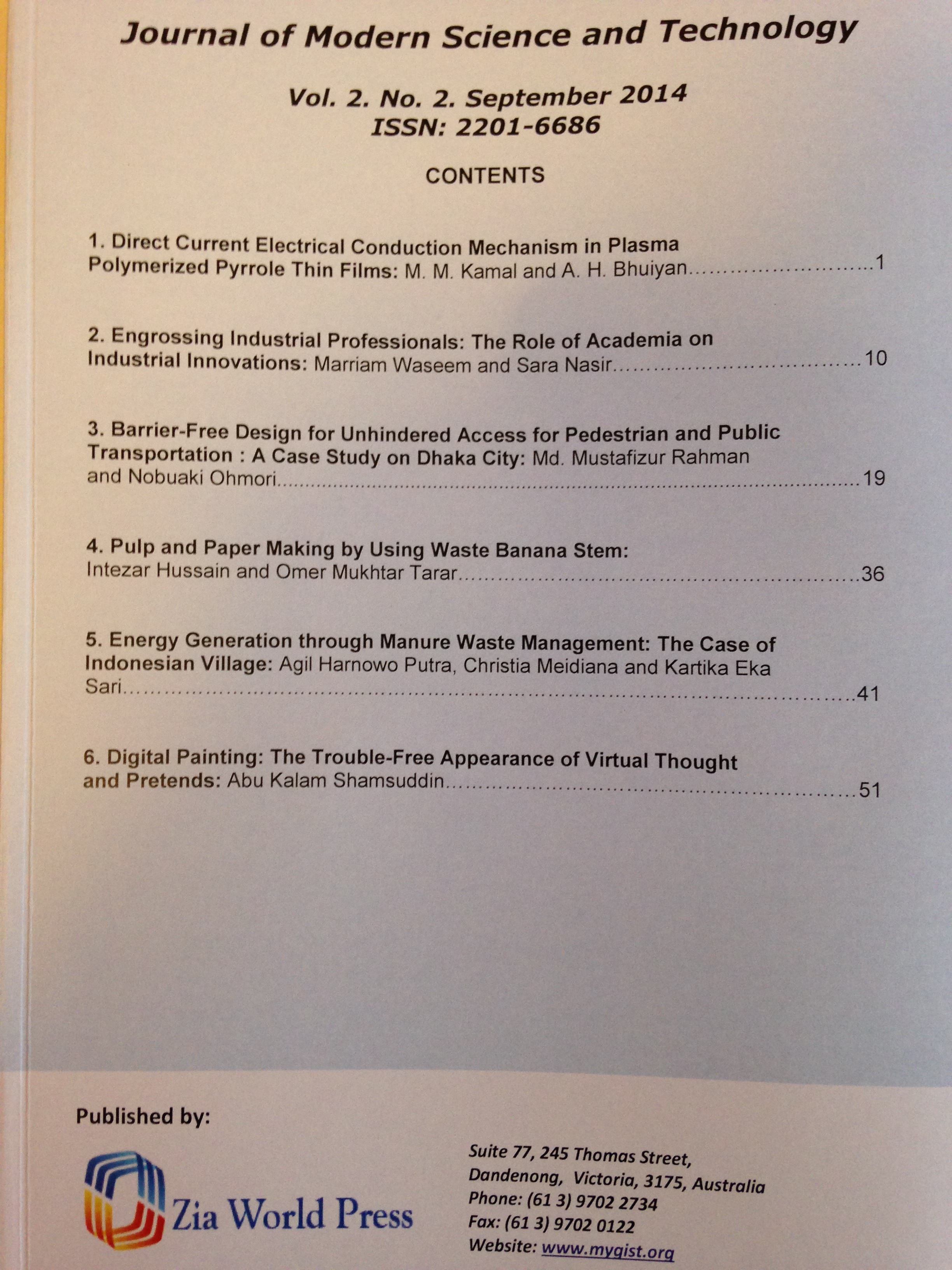September 2017 (Journal of Modern Science and Technology)
Total Articles - 6

